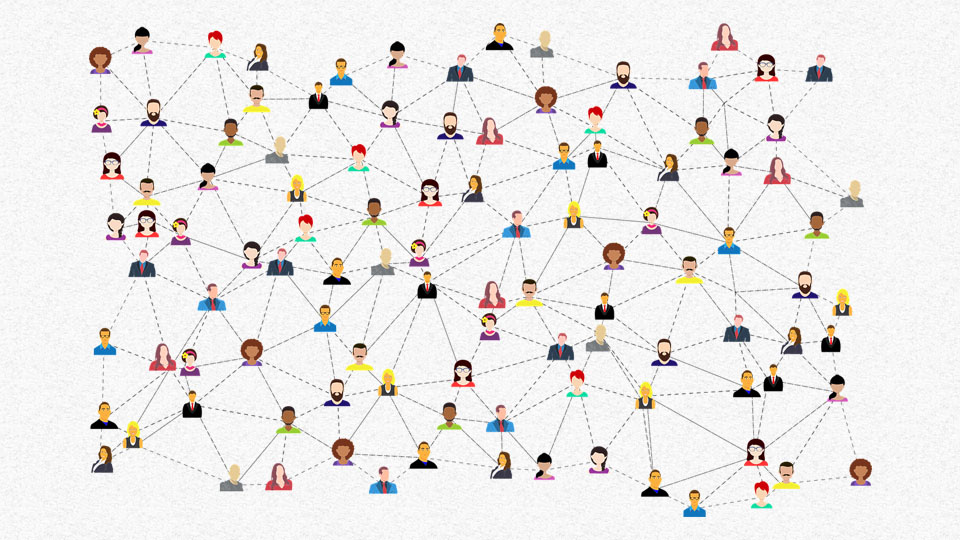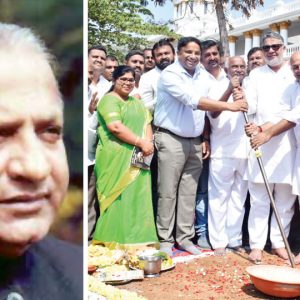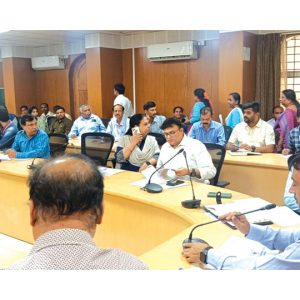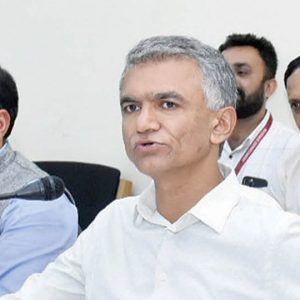Chennai: A recent national survey showed that internet use had more than doubled in the past four years and that COVID-related shutdowns contributed significantly to the increased demand for connectivity.
Among the aged 15-65 population, 49 percent said they had used the Internet, compared to only 19 percent of the aged 15-65 population claiming the same in late 2017. This translates to 61 percent of households in 2021 using the internet compared to 21 percent in 2017.
The 2021 survey showed that over 130 million users came online in 2020 and 2021. Of the nearly 80 million who started using the internet in 2020, 43 percent or over 34 million said they started doing so because of needs brought about due to the COVID crisis.
With nearly half the population using the internet, it is natural to ask if the internet helped Indians to study, work and access other services during the various rounds of national, regional and localised lockdowns experienced in 2020 and 2021.
We see that digital connectivity indeed helped facilitate access to education, work, health services inter alia. 64 percent of all households with enrolled school-aged children had internet access while the remaining 36 percent didn’t.
Among the first group (households with internet), 31 percent of children were likely to receive remote education of some kind, while only 8 percent of the second group (households without internet) said they received some kind of remote education.
A similar trend was seen in accessing healthcare. Among the people that needed to access healthcare services during the pandemic, 65 percent of those with internet access were able to access healthcare while only 52 percent without internet were able to access healthcare.
But a closer examination of the numbers shows that existing inequalities continued to influence the digital divide. For example, while connected households with kids had more access to remote education, these were the richer, more urban households with a more educated head of household and access to big-screen devices (example, computers, tablets).
Meanwhile, the majority of households that received no education were poorer with less access to large screen devices (instead relying on mobile phones). When it came to being able to work remotely during the shutdowns, only 10 percent of those employed said they were able to work remotely.
Not surprisingly, higher percentages belonged to those whose jobs fell under the categories of finance, insurance, information technology, public administration and other professional services.
The survey was conducted by LIRNEasia, a regional think tank working on digital policy issues across the Asia Pacific and ICRIER, a policy-oriented economic policy think tank based out of New Delhi.








Recent Comments